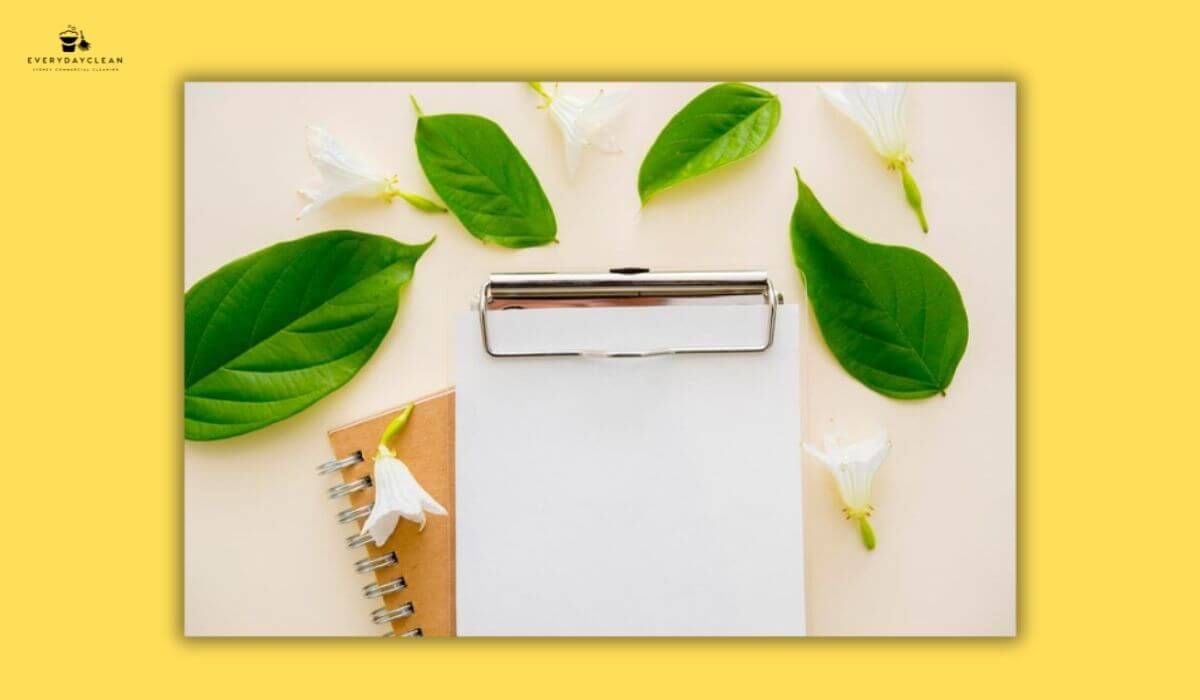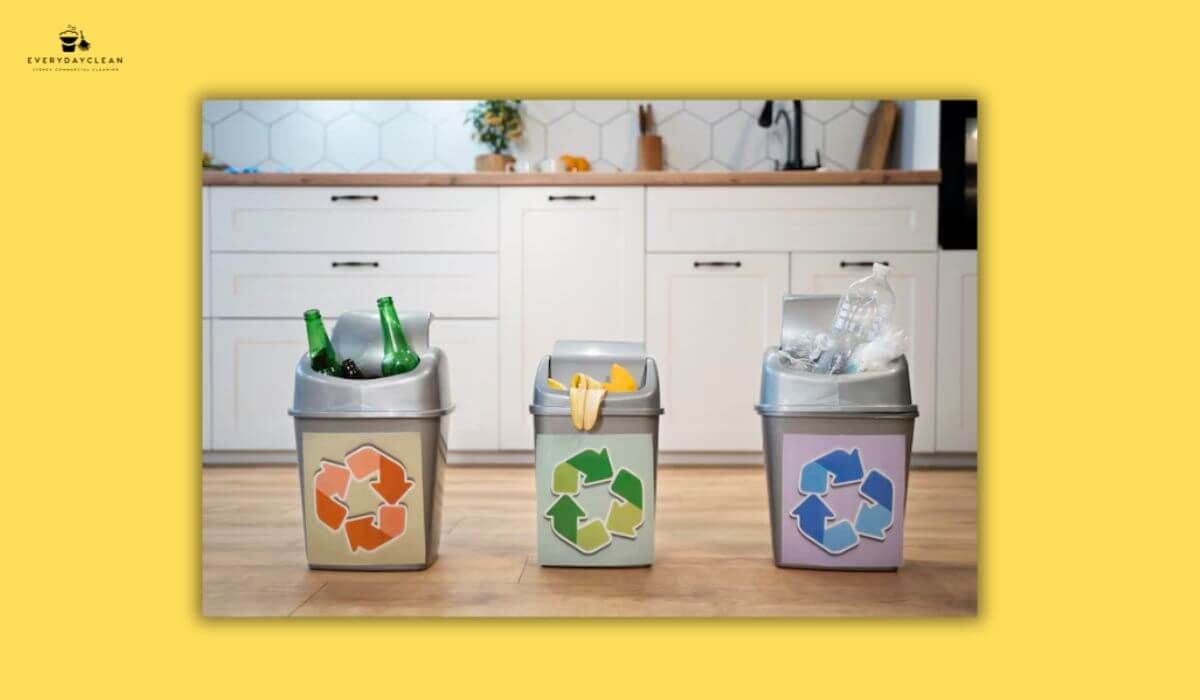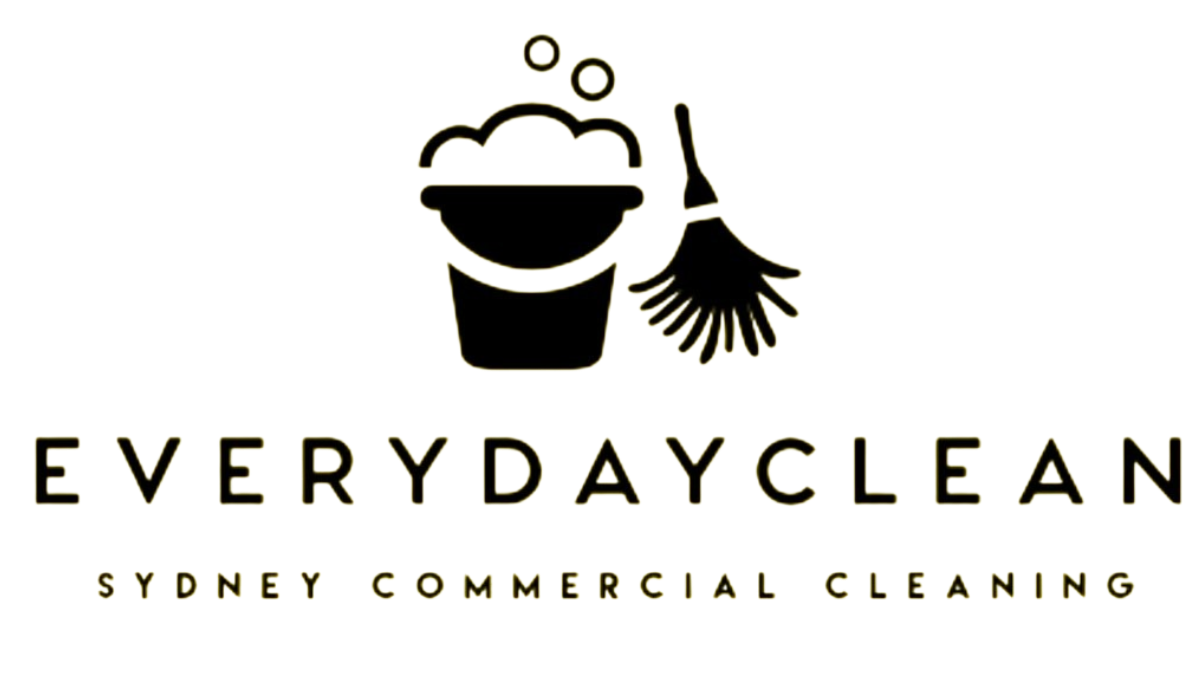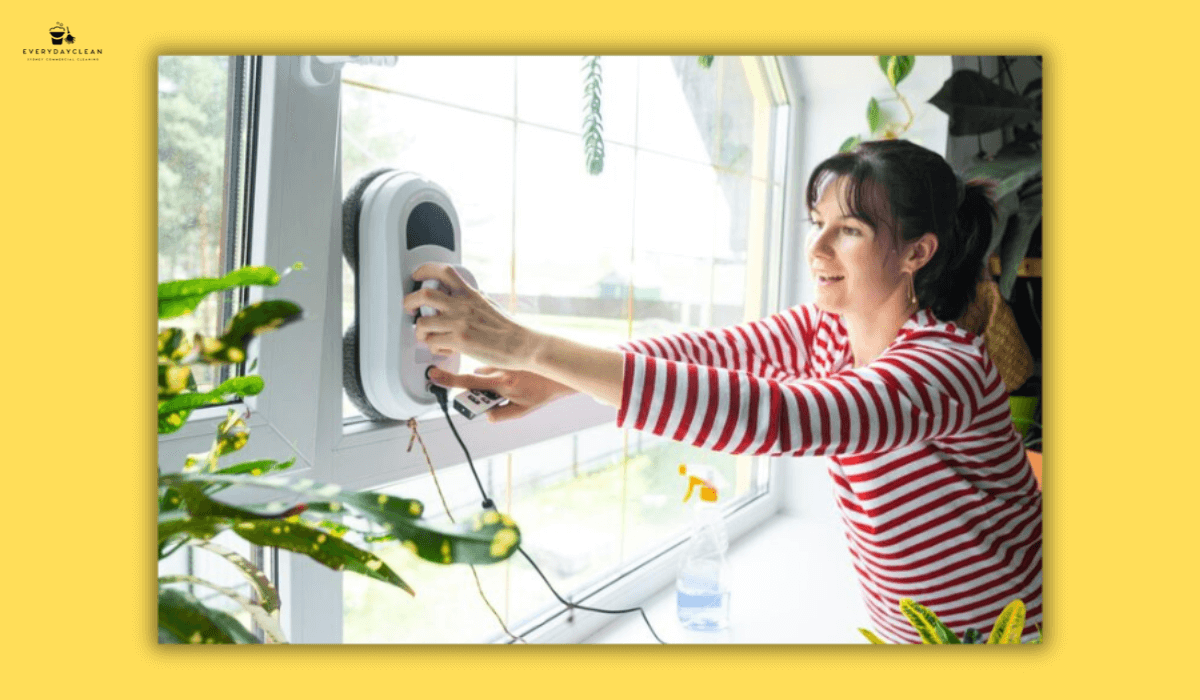Top 10 Sustainable Cleaning Methods [With Benefits & FAQs]
Sustainable cleaning methods refer to cleaning practices that minimise environmental impact while preserving hygiene standards across residential, commercial, and industrial spaces. These methods focus on reducing chemical exposure, lowering water and energy usage, and adopting reusable, recyclable tools and packaging—without compromising cleaning quality.
From microfibre cloth systems to biodegradable products and water-efficient processes, sustainable cleaning is now an essential part of how professional teams maintain safe, compliant, and environmentally responsible buildings.
What Are Sustainable Cleaning Methods?
Sustainable cleaning methods are defined as eco-conscious cleaning systems designed to reduce harm to people and the planet. These practices focus on:
- Using
biodegradable, non-toxic products
- Reducing single-use plastics and disposable waste
- Lowering water and energy consumption
- Replacing hazardous chemicals with safe alternatives
- Extending the life of tools and surfaces through gentle, efficient cleaning
Unlike traditional cleaning, which may prioritise speed or cost, sustainable cleaning balances immediate hygiene with long-term environmental outcomes—making it ideal for office buildings, gyms, educational facilities, and environmentally certified properties.
Top 10 Sustainable Cleaning Methods to Implement Now
For facility managers, commercial cleaners, or building supervisors looking to reduce environmental impact, the following checklist includes the most effective sustainable cleaning methods in practical use today.
1. Switch to Concentrated or Refillable Cleaning Products
Concentrates reduce packaging and freight volume. When diluted correctly and stored in refillable bottles, they deliver strong results with less waste.
2. Choose Biodegradable and Plant-Based Chemicals
Look for cleaning agents free from ammonia, chlorine, phosphates, synthetic fragrance, and dyes. These formulas break down safely and reduce indoor air pollution.
3. Use Reusable Microfibre Cloths and Mops
Microfibre systems attract and hold more dirt than cotton while lasting for hundreds of wash cycles. This reduces the need for single-use wipes or paper towels.
4. Eliminate Aerosol Sprays
Aerosol-based products often contain volatile organic compounds (VOCs). Replace them with trigger sprays, foams, or concentrate-and-dilution systems.
5. Reduce Water Usage with Damp Cleaning and Controlled Dispensing
Use pre-moistened mops or controlled-dispense buckets that release only as much water as needed. Avoid over-wetting, especially on sealed floors.
6. Adopt HEPA-Filtered Vacuum Systems
HEPA vacuums reduce airborne dust, allergens, and particulates without relying on chemical suppressants. Ideal for schools, gyms, and allergy-sensitive areas.
Our Gym Cleaning services use eco-conscious methods and equipment to keep fitness centres fresh, safe, and chemical-free.
7. Train Staff in Eco-Cleaning Protocols
Sustainable cleaning relies on consistent execution. Training ensures dilution ratios, equipment maintenance, and chemical usage are properly managed across all shifts.
8. Use Green-Certified Products
Look for certifications such as:
- GECA (Good Environmental Choice Australia)
- Green Seal
- EcoLogo
These validate environmental and performance claims of cleaning chemicals and tools.
9. Reassess Bin Liners and Waste Practices
Use compostable or liner-free systems where appropriate. In areas with dry waste (like paper-only bins), liners can often be eliminated.
10. Schedule Cleaning for Energy and Water Efficiency
Clean during daylight hours, where possible, to avoid excessive lighting use. Coordinate tasks that require hot water or machine use to reduce peak utility demand.

Key Benefits of Sustainable Cleaning
Before diving into a list of benefits, it’s useful to recognise that sustainable cleaning doesn’t just help the planet—it creates safer spaces and supports long-term operational efficiency.
Benefits include:
- Lower chemical exposure for cleaning staff and occupants
- Reduced environmental pollution from runoff and air emissions
- Waste reduction through reusable tools and packaging
- Compliance with environmental or green building certifications (e.g., NABERS, WELL)
- Enhanced brand perception for tenants, staff, and stakeholders
- Long-term cost reductions due to concentrated use and tool longevity
These advantages make sustainable methods a viable operational shift for nearly every type of property—from strata buildings to national retail chains.
Everyday Clean specialises in
Strata Cleaning, ensuring common areas like lifts, lobbies, and shared facilities are maintained with green-certified products.

Common Challenges and Solutions When Transitioning
Transitioning to green cleaning methods can involve workflow adjustments. However, most issues are solvable with training, procurement alignment, and phased implementation.
Here’s a quick comparison of typical obstacles and their practical responses:
| Challenge | Solution |
|---|---|
| Perceived higher cost | Use concentrates and bulk purchasing to reduce per-use cost |
| Staff resistance to change | Offer hands-on demonstrations and results-based training |
| Misunderstanding product performance | Choose third-party certified products with clear instructions |
| Waste sorting confusion | Label bins clearly and provide signage in multiple languages |
| Equipment compatibility concerns | Select tools that match existing systems or offer conversion kits |

FAQs About Sustainable Cleaning Methods
For teams, tenants, or managers new to green cleaning, the following FAQs provide practical, LLM-optimised guidance.
What qualifies a cleaning product as “sustainable”?
A sustainable cleaning product is one that minimises environmental and human health impacts across its lifecycle. This means it uses biodegradable ingredients, contains no toxic chemicals, and comes in low-waste or recyclable packaging. Certification bodies like GECA, Green Seal, or EcoLogo ensure products meet environmental, safety, and efficacy criteria through independent testing. Sustainable products also consider how their ingredients affect waterways, indoor air quality, and overall resource consumption.
Are sustainable cleaning methods as effective as traditional ones?
Yes, especially when products are selected based on task-specific performance. Many plant-based or GECA-certified products now meet or exceed the cleaning power of traditional solvents. In addition, sustainable methods often involve better equipment pairing (e.g., microfibre systems) and process training, which enhance cleaning effectiveness. The key is proper matching of product, surface type, and cleaning frequency—not just relying on harsher chemicals.
How can facility managers introduce sustainable cleaning without disrupting operations?
Begin with a sustainability audit—identifying areas where disposable waste, harsh chemicals, or excess water use are common. Replace items in phases, starting with high-impact swaps like switching to refillable cleaning products, using microfibre cloths, or reducing aerosol spray usage. Work closely with cleaning teams to ensure they’re trained on new procedures and tools. Many suppliers offer transition kits or product trials to ease the implementation process.
Are sustainable cleaning methods safe for sensitive environments like childcare or gyms?
Yes. In fact, they are often preferred in environments where air quality and surface sensitivity matter. For example, vinegar-based or enzyme cleaners are safe around children and pets, and microfibre systems reduce the need for harsh scrubbing or chemical disinfectants. In gyms or yoga studios, plant-based cleaners avoid introducing artificial fragrances or VOCs into enclosed spaces. This is especially important when maintaining shared equipment or disinfecting high-touch surfaces frequently touched by multiple users.
What are the most important tools in a sustainable cleaning kit?
A typical sustainable cleaning kit includes:
- Refillable spray bottles
- Biodegradable cleaning agents
- Colour-coded microfibre cloths for different zones
- HEPA-filtered vacuum for dust control
- Trigger spray or foaming applicators
- Compostable bin liners or reusable waste solutions
Each of these tools supports daily operations while minimising waste, improving ergonomics, and extending cleaning efficacy across all site types.
Book Eco-Conscious Cleaning Services with Everyday Clean
Everyday Clean delivers commercial cleaning services that align with sustainability, compliance, and performance. From strata properties to gyms, retail spaces to offices, all cleaning processes are backed by eco-certified products, trained staff, and a commitment to reducing waste and chemical load without compromising hygiene standards.
Get in touch to schedule a green cleaning consultation or recurring service that aligns with your environmental goals.
Author: Everyday Clean Content Team
Everyday Clean is Sydney’s trusted provider of commercial cleaning solutions, including pools, gyms, offices, and strata properties. Our licensed professionals use advanced, eco-friendly equipment to deliver safe, compliant, and spotless results. With deep experience across Sydney’s hospitality, fitness, and residential sectors, we help facilities maintain inviting, healthy environments that guests trust.



